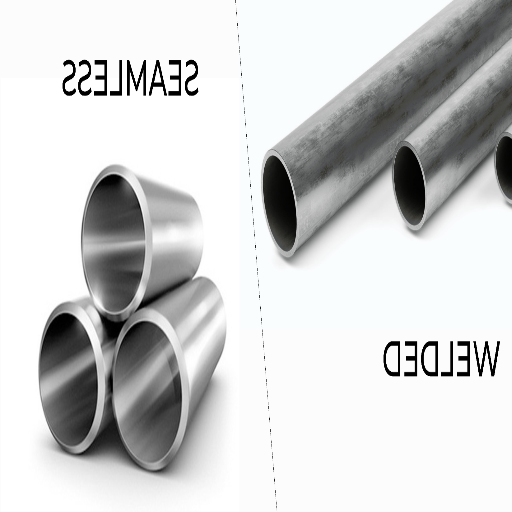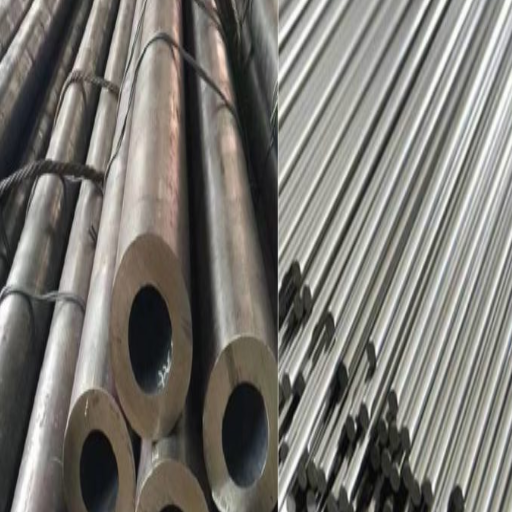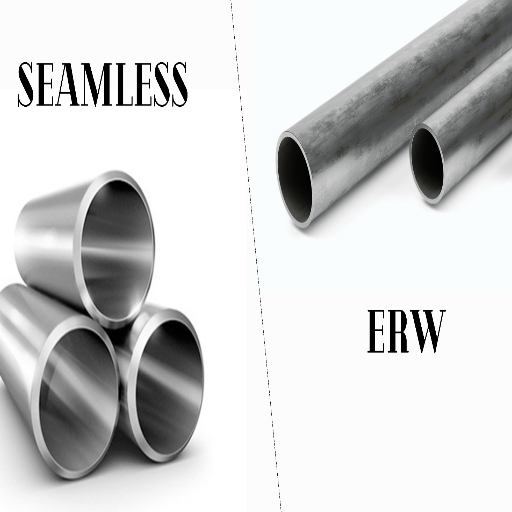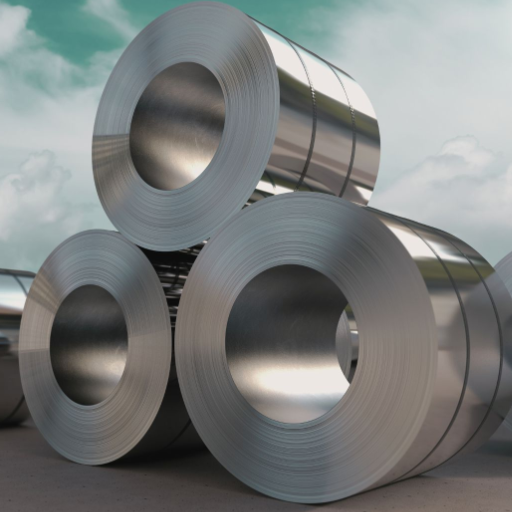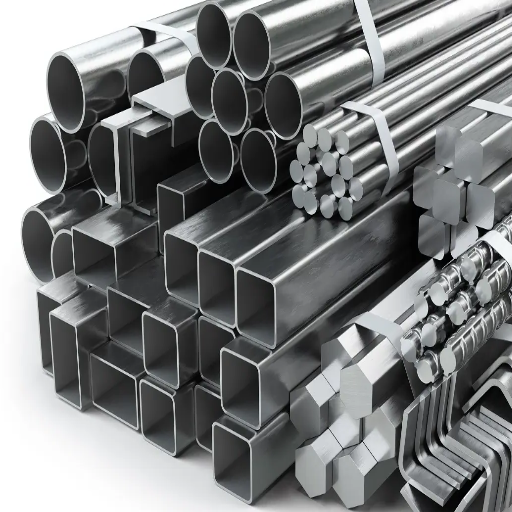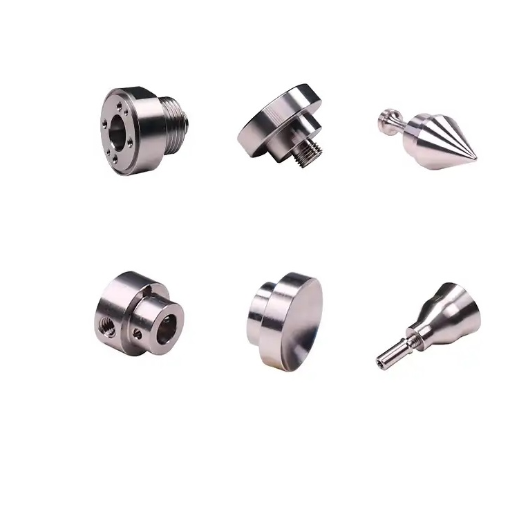Stainless steel is one of the most used materials worldwide. As a result of its robustness, corrosion resistance, and appealing look, it is widely employed. Choosing the appropriate grade of stainless steel for welding projects can extremely impact on the outcome. The two frequently utilized grades are 304 and 316 stainless steels. They can appear to be the same from a distance, but are quite different in their characteristics. This article intends to address the aspects that set 304 and 316 stainless steels apart, alongside their pros and cons, ultimately helping you decide which will better fit your welding works.
What is the Difference Between 304 and 316 Stainless Steel?
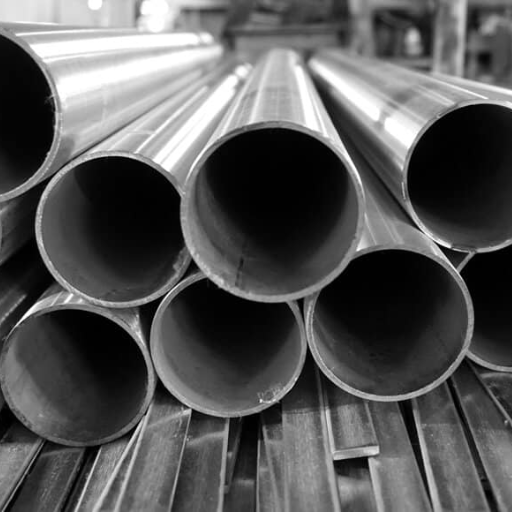
The key distinction between 304 and 316 stainless steel lies in the chemical components that make them up. Molybdenum, which is present in 316 stainless steel and improves corrosion resistance, especially against chlorides and harsh environments, makes them suitable for marine applications, chemical processing, and industrial endeavors. Meanwhile, 304 stainless steel is cost-effective, useful, and as such, is popularly used in general-purpose applications where corrosion resistance is not a specified feature. In the end, the selection varies depending on the environmental situation along the performance standard of the project.
Understanding the Chemical Composition
Studying the chemical makeup of slabs like 304 and 316 stainless steels reveals the reasons for their distinct features. In my practice, the principal differentiating factor is the added molybdenum in 316 stainless steel, which greatly improves the resistance to pitting and crevice corrosion, particularly in chloride environments. Both 304 and 316 steels are made up of iron, chromium, and nickel as the base elements, but it is the addition of molybdenum that makes 316 stainless steel suitable for more aggressive service conditions. Knowing these differences is important in deciding what material is most appropriate for your project, because even minor changes in composition can have drastic consequences on performance under given conditions.
Exploring Mechanical Properties
Stainless steels 304 and 316 showcase remarkable mechanical attributes such as high tensile strength, durability, and resistance to mechanical deformation. The molybdenum content of 316 stainless steel enhances toughness in extreme environments and gives it an edge over 304 in terms of tensile and yield strength. Although both materials have acceptable performance under mechanical load, the final decision is usually made based on the particular application requirements, like greater resistance to abrasive forces, pressure, or chemical attack. These details are critical to ensure the material is used optimally through its lifespan.
Evaluating Corrosion Resistance
In examining corrosion resistance, I always stress the importance of context. Corrosion is not simply a matter of one material being superior to others, it largely depends on the conditions the material will be exposed to and how it behaves in such situations. Below are the major aspects I analyze:
- Chloride Exposure: For materials which are subjected to a chloride rich environment, like marine or coastal regions, I tend to favor stainless steel grades 316. This is due to its moderate resistance to pitting and crevice corrosion due to the molybdenum content it possesses.
- Temperature Variations: Elevated temperatures can expedite certain forms of corrosion such as oxidation. Some materials like certain alloys of stainless steel withstands such heating for longer periods of time more effectively.
- Acidic or Alkaline Environments: In regions where the material will be exposed to acidic or highly alkaline environments, I analyze the effect of such chemicals upon the specific alloy. For example, 316 stainless steel performs better than 304 in acid conditions, though the difference is mild.
- Mechanical Stress in Corrosive Environments: SCC is one of the critical problems for some materials that leads to failure due to the combination of a mechanical load and corrosive environmental conditions. For better resistance to SCC, higher toughness, and certain alloying elements are more beneficial.
- Longevity and Maintenance Requirements: In some cases, the material which is less corrosive resistant in the beginning may be more useful in case it is fits with the maintenance interval or life expectancy.
Taking these parameters into account helps me guide clients to a material that not only solves corrosion issues, but performs well for their application. This makes certain that the return on investment is beneficial not only in the short term, but in the long run too.
How Does the Corrosion Resistance Compare?

When comparing corrosion resistance, it is essential to evaluate the material’s ability to withstand its specific operational environment. For instance, stainless steels generally offer excellent resistance to most corrosive conditions, while materials like aluminum or certain coatings may perform better in environments with low pH or high chloride exposure. The choice should always be guided by the type of corrosion expected, the environmental factors at play, and the long-term performance requirements of the application.
The Role of Molybdenum in 316
Molybdenum is certainly helpful for preventing corrosion in 316 stainless steel, especially in harsher conditions. adding molybdenum to the alloy helps resist pitting and crevice corrosion greatly when compared to chloride saturated environments. This makes 316 useful for marine applications, certain chemical processes, and even pharmaceutical equipment. Not only does the presence of Molybdenum increase strength, but he also provides structural support over time. For this reason, I often advocate the use of 316 in critical industries.
Comparing Chloride Resistance
Evaluating corrosion resistance includes studying the material’s resistance to its operational environment. For example, stainless steels often have great resistance to most corrosive environments, whereas aluminum or some coatings may be better in low pH or high chloride environments. The selection should always be made depending on the expected corrosion type, the existing environmental conditions, and the application’s requirements in terms of performance over time.
Applications Requiring Superior Corrosion Resistance
I have come across a lot of applications that require extreme corrosion resistance, and hence, such applications use grade materials designed to endure harsh and fluctuating corrosion conditions. An example is in marine construction, where 316 stainless steel is widely used because of its superiority to saltwater and chloride corrosion attack. Likewise, in the pharmaceutical industry as well as chemical processing, where there is constant exposure to aggressive chemicals and high hygiene standards, the superior 316 stainless steel is used because of its guarantee to withstand durability. 304 stainless steel has some advantages, but under severe conditions needing extreme corrosion resistance, 316 stainless steel is always the answer.
What are the Welding Considerations for 304 and 316?
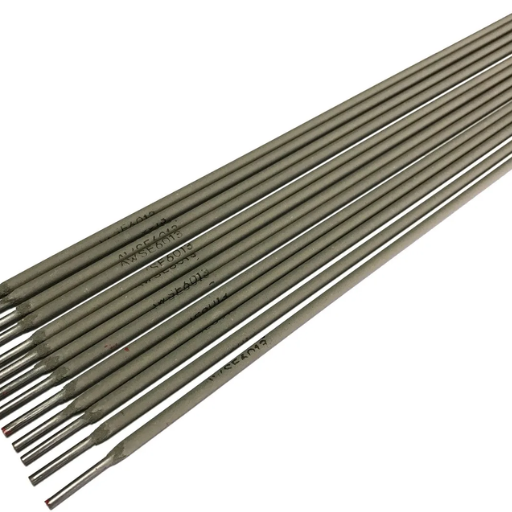
While welding 304 and 316 stainless steels, special attention should be paid to the material’s composition and intended application. Both the 304 and the 316 stainless steels can be welded with conventional techniques such as TIG, MIG, or resistance welding. Moreover, in the case of high-temperature applications, low-carbon versions like 304L or 316L are usually preferred in order to prevent problems like sensitization and intergranular corrosion. To enhance quality and lessen the likelihood of cracking or warping, proper shielding gas selection, along with controlling the heat input, is critical. It is therefore recommended that post-weld cleaning and passivation be carried out to improve and guarantee the units’ performance.
Weldability of 304 vs 316
Carbon content plays a critical role in welding performance and outcomes. Higher carbon levels can increase the risk of carbide precipitation during welding, which may lead to sensitization and reduced corrosion resistance, particularly in stainless steels. To mitigate this, low-carbon variants like 304L and 316L are preferred as they exhibit reduced carbide formation. Additionally, proper heat input control and post-weld treatments are essential to maintain joint integrity and prevent detrimental effects on the material’s properties.
Impact of Carbon Content on Welding
In welding, carbon is arguably the most critical element that can dictate its outcome. Sensitization due to welding can make stainless steels softer; moreover, high carbon content increases the risk of carbide precipitation. In light of this, lower carbon variants like 304L and 316L are more favorable due to reduced carbide formation. In addition, controlling heat input and performing required post-weld treatments are necessary to conserve the integrity of the joint and avoid negative impacts on the material properties.
Choosing the Right Filler Metal
Whenever I pick a filler metal, I remind myself of one rule: compatibility matters. This, in turn, allows the weld to obtain the required strength, mechanical properties, resistance to corrosion, and much more. Here’s a simple list of the factors I pay attention to:
- Base Metal Composition
The composition of the base material is usually in close relation with the filler metal. Stainless steel, for instance, is best welded with ER308L or ER316L filler metals when using 304L or 316L stainless steels, respectively because they are compatible and will work as intended.
- Weld Joint Requirements
Think about the application’s required strength, ductility, and toughness. For welds that are subjected to high-stress conditions, you will need a filler metal that can accommodate higher levels of tensile strength to avoid failure.
- Corrosion Resistance
If the welded joint is to be used in corrosive environments, such as chemicals or marine settings, then the filler metal should at least offer the same or greater resistance to corrosion than the base material so that the joint can survive over time.
- Thermal and Electrical Properties
Consider how the filler metal will expand or contract in relation to the temperature, as well as how it conducts electricity. This aspect is critical in high heat or electrical areas, along with other functionalities.
- Welding Process
As with any welding, TIG, MIG, or stick welding, the filler metal has to suit the procedure. Each technique has predetermined conditions that dictate the shape and nature of the filler material.
- Cost and Availability
Performance is one side of the coin, and another is cost. Personally, I consider the use of higher grade filler metals with defined budgetary restrictions and guarantee that the selected material’s stock levels will not hinder the timely completion of the project.
Taking these factors into account allows you to choose a filler metal that improves weld quality and makes sure that the completed project endures real world challenges.
When to Use 304 Stainless Steel?
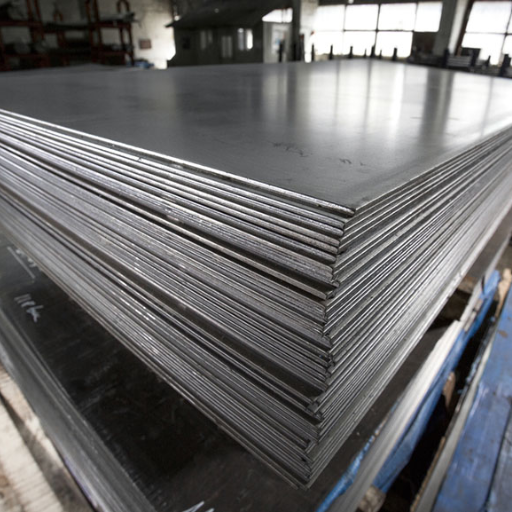
For any project that requires good resistance to corrosion, durability, and ease of fabrication, 304 stainless steel works best. It works exceptionally good under heavy moisture, acids, and extreme temperatures and is therefore useful for a kitchen’s equipment, processing vessels for chemicals, and other architectural uses. Because of its versatility and cost-effectiveness, it has become the go-to option for various consumer and industrial projects.
Advantages in Cost-Effectiveness
304 stainless steel is one of the most economically friendly materials available on the market. This is due to the material’s great durability, low maintenance, and wear resistance. Its harsh environment tolerance lessens the chances of repairs and replacements, which saves money over time. The material’s availability allows for it to be on the market for a competitive price, which makes it a cost-friendly material without losing quality.
Suitability for Non-Corrosive Environments
304 stainless steel has an ability to withstand corrosion, making it an ideal fit in a non-corrosive environment. It is highly durable, easy to maintain, and generally wears out over time, which is great for use in environments with minimal corrosion, as it guarantees reliable performance for a long time.
Application in Food Processing Equipment
I am confident that for food processing equipment, 304 stainless steel is a popular material. It is non-corrosive and non-reactive, which means that food products are safe from contamination while the equipment can be cleaned to industry standards. There is also the smooth surface of 304 stainless steel, which does not support bacterial colonies, making it a hygienic and dependable non-toll grade material for applications such as conveyor belts and mixing tanks. Its well-known functionality and compliance with relevant regulations strengthen its already established reputation in this field.
When is 316 Stainless Steel the Better Choice?
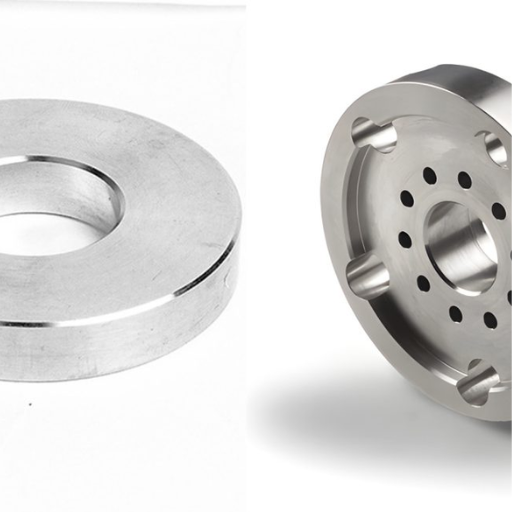
In choosing between 304 and 316 stainless steel, I analyze the environment and requirements of the application. For applications that deal with seawater, brine, or chemically aggressive materials, 316 stainless steel is much better. Due to the added molybdenum content, it has much better resistance to pitting and corrosion, and is therefore ideal for marine, chemical processing, and pharmaceutical usage. 316 stainless steel is surely more expensive, but the returns my tools provide due to the durability they withstand in such tough conditions make it worth the expense.
Situations Demanding Superior Corrosion Resistance
In my opinion, 316 stainless steel would be ideal for cases that require higher corrosion resistance, as it provides added value for many reasons. I will elaborate on that point below as its distinctive attributes set it apart, particularly when dealing with challenging conditions.
- Molybdenum Content
The presence of molybdenum is one of the most differentiating features between 316 stainless steel when compared to 304. This element enhances the ability of this steel to resist pitting and crevice corrosion in environments with exposure to chlorides, such as seawater or salt-rich regions, greatly improving its performance.
- Marine Environments
For use in food processors, as well as areas near or in the oceans, 316 stainless steel is the best option. Standard stainless steels can quickly deteriorate due to the high salt content in seawater, but 316 grade was specifically created to handle this type of stress while being dependable and durable throughout the usage.
- Chemical Processing
Dealing with aggressive chemicals, including acidic and alkaline ones, is a strong suit of 316 stainless steel due to its robust composition. This type is resistant to chemical attacks, which makes it the preferred material for tanks, reactors, and other industrial equipment.
- Pharmaceutical and Food Industries
Contamination and hygiene machinery are important in this sector. 316 stainless steel’s corrosion resistance toward sanitizing chemicals and cleaning agents, along with its structural integrity over time, provides peace of mind when safety and cleanliness cannot be compromised.
- Longevity and Cost-effectiveness
Although it may be true that 316 stainless steel is slightly more expensive at first glance, from personal experience, savings in the long run is more valuable than the initial investment. Spending money on maintenance, replacements, and even downtime is minimal due to its resistance of corrosion. In corrosive, extreme environments, 316 stainless steel is the most economically favorable option.
Picking a material such as 316 stainless steel for any project or equipment that deals with tough elements is critical for reliability, safety, and durability. It is always useful to think about the environment and the possible obstacles it can bring when picking the best material. Believe me, getting this choice right will save you precious time and money.
Use in Marine Environments
In marine environments, 316 stainless steel is the go-to material of choice for me. Lesser durable metals would break from exposure to saltwater and the sea’s corrosion, but 316 stainless steel stands strong due to its remarkable corrosion resistance. The high presence of molybdenum causes it to be highly resistant to pitting and crevice corrosion, which are both frequent risks in these surroundings. I have witnessed the use of 316 stainless steel in boat fittings, underwater piping, and dock hardware. Using them guarantees low maintenance and exceptional performance. Quite frankly, 316 stainless steel is the obvious answer to marine projects that require long-lasting durability and reliability.
Applications Involving Chlorides
316 stainless steel is best when dealing with chlorides because of its great resistance to corrosion with high salt levels. This grade of stainless steel is ideal for desalination plants, chemical processing equipment, and marine construction. All these industries suffer from high chloride exposure.
Reference
- 304 vs 316 Stainless Steel – What’s the Difference?
- Manufacturing Insights: 304 Vs 316 Stainless Steel
- Difference between 304 and 316 Stainless Steel
Frequently Asked Questions (FAQs)
Q: What is the main difference between 304 and 316 stainless steel for welding?
A: The main difference between 304 and 316 stainless steel is the addition of molybdenum in 316, which enhances its resistance to corrosion, especially in marine applications. This makes 316 stainless steel more suitable for welding in corrosive environments.
Q: How does the composition of 304 stainless steel affect its welding properties?
A: The composition of 304 stainless steel, which includes chromium and nickel, provides excellent corrosion resistance and good weldability. However, it is less resistant to pitting and crevice corrosion compared to 316 stainless steel.
Q: What are the key differences between 304 and 316 stainless steel when used in various applications?
A: The key differences lie in their resistance to corrosion and cost. 316 stainless steel contains molybdenum, providing better resistance to corrosive environments and making it typically more expensive than 304 stainless steel, which is suitable for less demanding conditions.
Q: Why is 316 stainless steel typically more expensive than 304 stainless steel?
A: 316 stainless steel is typically more expensive than 304 due to the addition of molybdenum, which enhances its corrosion resistance, particularly in chloride environments, making it more suitable for marine or chemical applications.
Q: Can 304 and 316 stainless steel be used interchangeably in welding for high-temperature applications?
A: While both 304 and 316 stainless steels can be used for high temperature applications, 316 offers better heat resistance due to its composition, making it a preferable choice for elevated temperatures where corrosion resistance is critical.
Q: How does the nickel content in 316 stainless steel contribute to its welding suitability?
A: The nickel content in 316 stainless steel enhances its toughness and resistance to corrosion, making it well-suited for welding applications, especially in environments exposed to harsh chemicals or saltwater.
Q: What specific requirements should be considered when choosing between 304 and 316 stainless steel for welding?
A: When choosing between 304 and 316 stainless steel for welding, consider the environment’s corrosiveness, temperature exposure, and budget. 316 provides better corrosion resistance and is ideal for marine or chemical settings, while 304 is cost-effective for less demanding conditions.
Q: What are the advantages of using 304 SS over 316 SS for certain applications?
A: The advantages of using 304 stainless steel over 316 include lower cost and sufficient corrosion resistance for non-marine environments. It is suitable for general-purpose applications where extreme corrosion resistance is not required.
Q: Does the addition of molybdenum in 316 stainless steel impact its tensile strength?
A: The addition of molybdenum in 316 stainless steel mainly enhances its corrosion resistance rather than significantly affecting tensile strength. However, it does contribute to the overall durability of the alloy in harsh environments.

